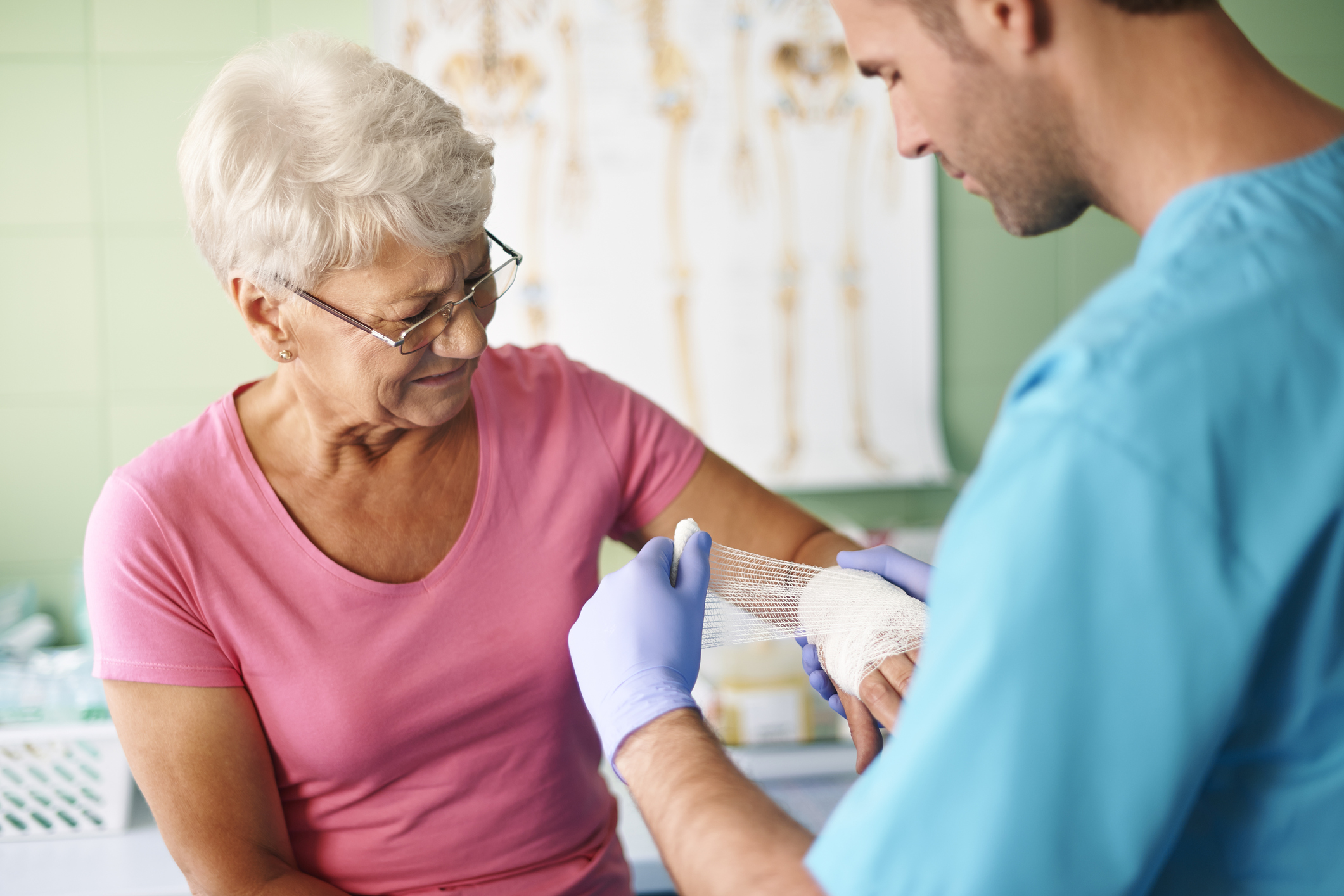Methicillin-resistant Staphylococcus aureus (MRSA) is a type of bacteria that is resistant to many antibiotics, including methicillin, penicillin, and amoxicillin. This makes it difficult to treat, and it can lead to serious infections, including sepsis and pneumonia. In this article, we will discuss the symptoms of MRSA and the treatment options available.
Symptoms of MRSA
MRSA is a type of staph infection, and the symptoms can vary depending on where the infection is located in the body. Common symptoms include:
Skin infections: MRSA can cause a variety of skin infections, including boils, abscesses, and cellulitis. These infections typically appear as red, swollen, and painful areas on the skin. They may be accompanied by a fever and swollen lymph nodes.
Pneumonia: MRSA can also cause pneumonia, which is an infection of the lungs. Symptoms of pneumonia include fever, cough, shortness of breath, chest pain, and rapid breathing.
Sepsis: In severe cases, MRSA can lead to sepsis, which is a life-threatening condition that occurs when an infection spreads throughout the body. Symptoms of sepsis include fever, rapid heartbeat, rapid breathing, low blood pressure, and confusion.
Other symptoms: Other symptoms that may be associated with MRSA include joint pain, fatigue, and muscle aches.
It’s important to note that some people may be carriers of MRSA and have no symptoms. However, they can still spread the infection to others.
Treatment for MRSA
Treatment for MRSA depends on the location and severity of the infection. The following are some of the treatment options available:
Antibiotics: Antibiotics are the main treatment for MRSA. However, since MRSA is resistant to many antibiotics, doctors will typically use antibiotics that are specifically designed to target MRSA. These include vancomycin, daptomycin, and linezolid.
Drainage: If the MRSA infection is located in an abscess or boil, doctors may need to drain the infection. This is done by making a small incision in the skin and draining the pus.
Surgery: In some cases, surgery may be necessary to remove infected tissue or to repair damaged tissue.
Supportive care: Supportive care is also important for treating MRSA. This includes measures to control fever and pain, as well as measures to prevent the infection from spreading.
Preventing MRSA
The best way to prevent MRSA is to practice good hygiene, including washing your hands regularly, keeping cuts and scrapes clean, and avoiding sharing personal items such as towels or razors. Additionally, it’s important to keep your home clean and sanitized, especially in areas where people are at a higher risk of infection.
Conclusion
MRSA is a serious infection that can be difficult to treat due to its resistance to many antibiotics. Symptoms can vary depending on the location and severity of the infection, but common symptoms include skin infections, pneumonia, and sepsis. Treatment options include antibiotics, drainage, surgery, and supportive care. To prevent MRSA, it’s important to practice good hygiene, keep your home clean and sanitized, and avoid sharing personal items. If you suspect you may have a MRSA infection, it’s important to seek medical attention as soon as possible to prevent the infection from spreading and becoming more severe.

 Home
Home Health
Health Diet & Nutrition
Diet & Nutrition Living Well
Living Well More
More












